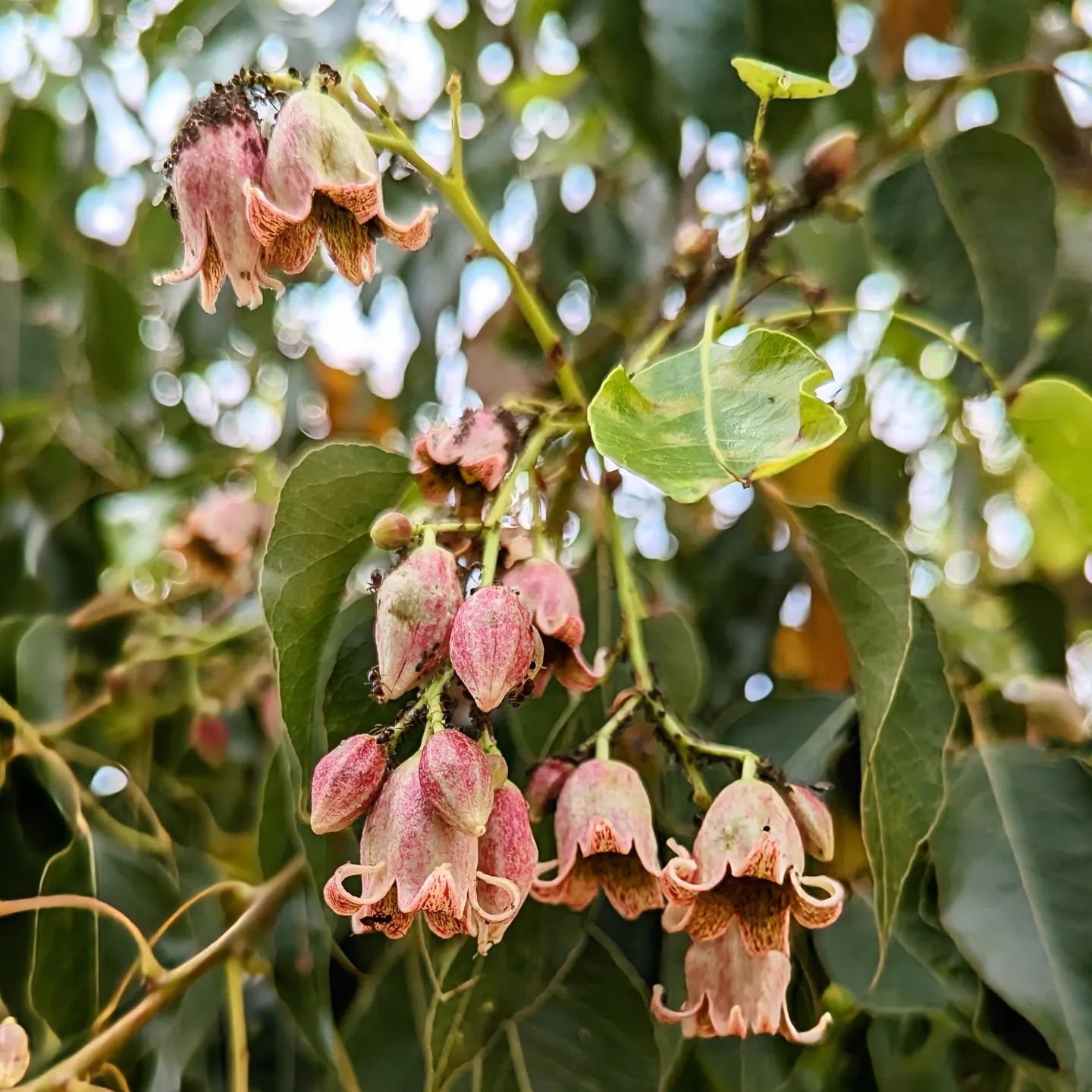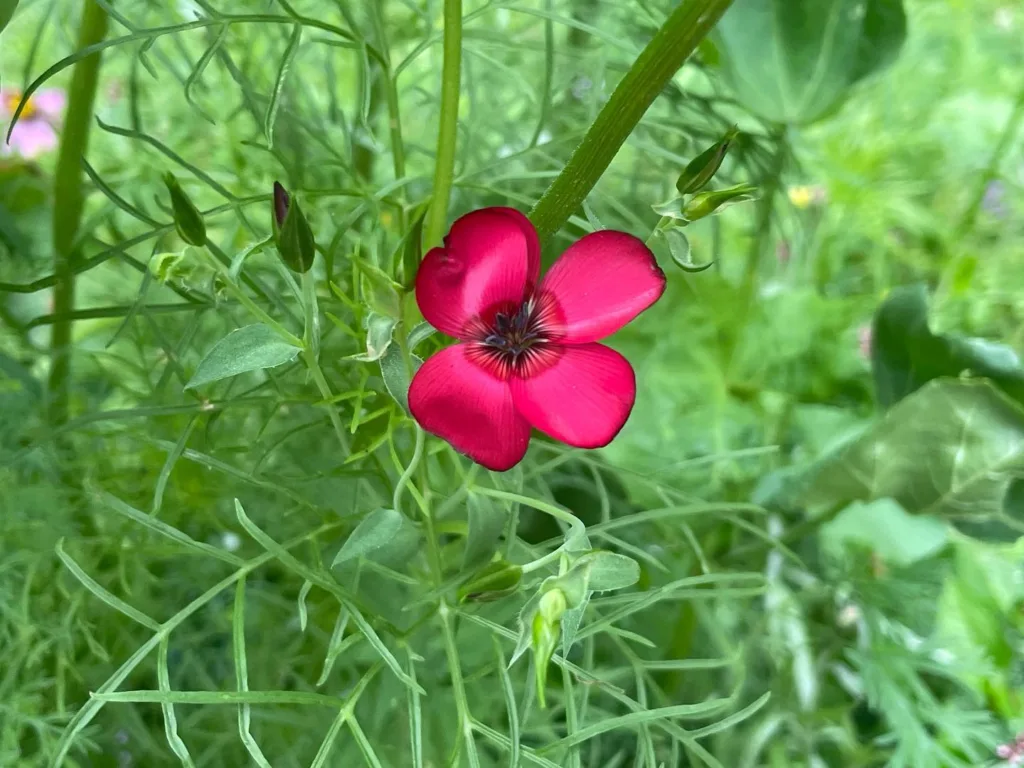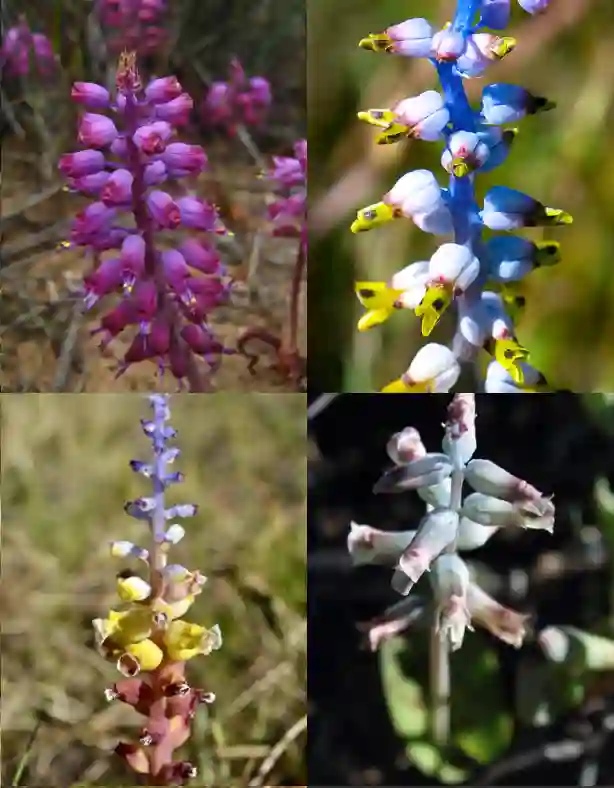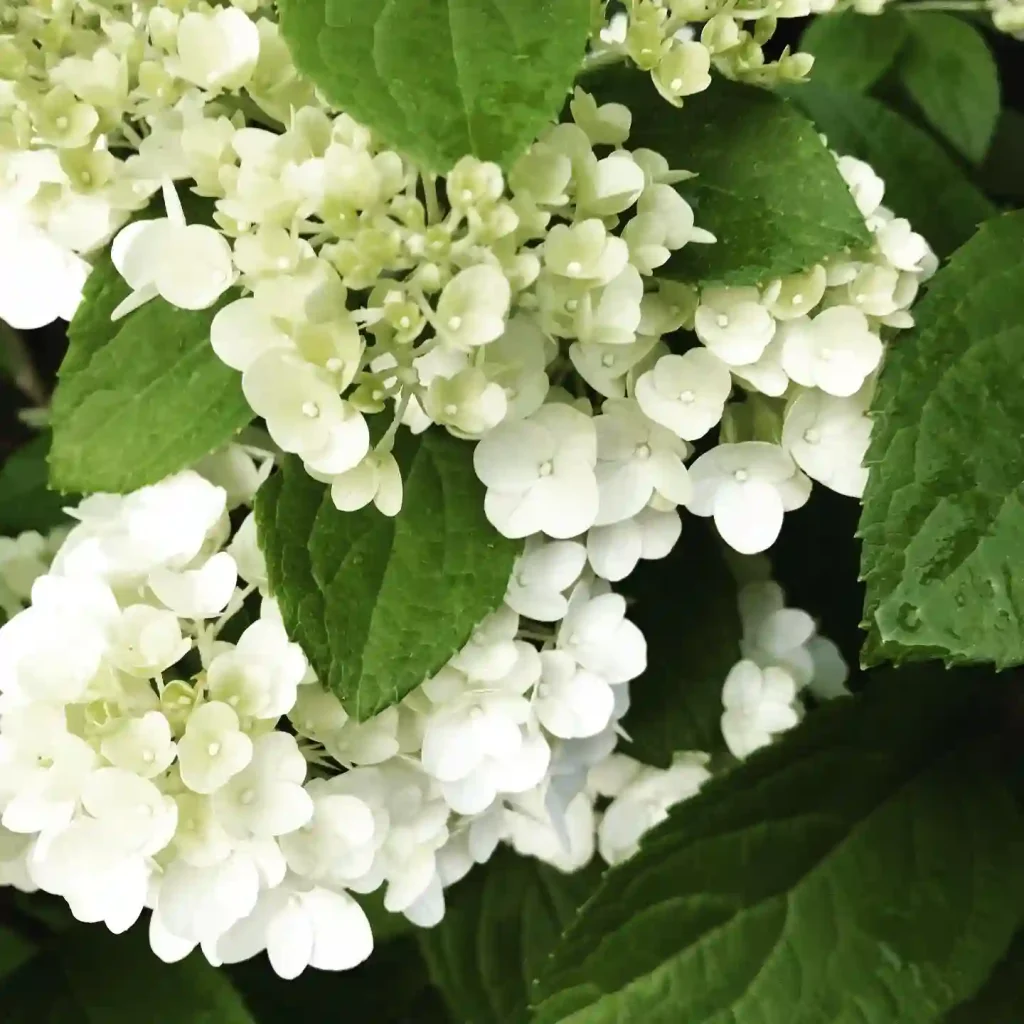Unveiling the Beauty of the Polystichum Polyblepharum: A Gardener’s Guide
For years, I’ve been captivated by the elegance of ferns. Their intricate fronds and lush greenery add a touch of timeless beauty to any garden. Recently, the Polystichum Polyblepharum, also known as the Japanese Lace Fern or Tassel Fern, has stolen a place in my heart (and my garden). This captivating fern boasts a unique combination of evergreen charm and delicate features, making it a standout amongst its fern cousins.
Intrigued by its captivating presence, I delved deeper into the world of the Polystichum Polyblepharum. In this article, I’ll share my discoveries and unveil the secrets to caring for this remarkable fern, transforming you from a curious observer to a confident cultivator.
What is a Polystichum Polyblepharum?
Hailing from the mountainous regions of Japan and South Korea, the Polystichum Polyblepharum is a member of the Dryopteridaceae family, or the wood fern family. This evergreen fern forms graceful clumps of fronds, reaching up to a meter tall and wide. Its name, “polyblepharum,” originates from Greek, meaning “many eyelashes,” a fitting description for the delicate bristles adorning its stipe and rachis (the “stem” of the fern).
The true stars of the show, however, are the fronds. These beauties unfurl in spring, boasting a glossy, deep green that remains vibrant throughout the year. Each frond is lance-shaped and elegantly divided into overlapping pinnae, creating a mesmerizing lace-like effect. The new growth adds a touch of whimsy with a golden sheen, making them appear almost iridescent in the sunlight.
Polystichum Polyblepharum vs Munitum
Polystichum Polyblepharum has been a favorite of mine for its delicate fronds that elegantly arch outward, creating a lush, green canopy in shaded areas of my garden. In contrast, Polystichum Munitum, or Western Sword Fern, impresses with its robust presence and ability to thrive in both sun and shade, making it versatile for landscaping. While I appreciate Polyblepharum’s refined aesthetic, Munitum’s hardiness and adaptability make it a reliable choice for various garden conditions.
Are Polystichum Polyblepharum Evergreen?
One of the most captivating aspects of the Polystichum Polyblepharum is its evergreen nature. Unlike many flowering plants that succumb to winter’s chill, this fern retains its lush green foliage year-round. This characteristic makes it a valuable addition to any garden, providing a touch of life and color even during the colder months. Imagine frosty mornings where the world seems shrouded in white, but your Polystichum Polyblepharum stands tall, a beacon of verdant resilience.
How to Care for Your Polystichum Polyblepharum?
Adding a Polystichum Polyblepharum to your garden is a rewarding experience. However, to ensure it thrives, understanding its needs is crucial. Here are some key points to remember:
- Light: This fern prefers dappled shade or filtered sunlight. Direct sun exposure can scorch the delicate fronds.
- Soil: A fertile, well-drained soil rich in organic matter is ideal. Consider adding compost or composted manure to your planting hole to create the perfect environment.
- Watering: Consistent moisture is key, but avoid waterlogging. Aim to keep the soil evenly moist, especially during hot weather.
- Fertilizer: A balanced fertilizer applied sparingly during the growing season can promote healthy growth. However, remember, “less is more” when it comes to feeding ferns.
How to Multiply Your Polystichum Polyblepharum?
The beauty of the Polystichum Polyblepharum is meant to be shared. Fortunately, propagating this fern is relatively straightforward. Here are two common methods:
- Division: During the spring or fall, carefully divide established clumps using a sharp knife. Ensure each division has healthy roots and fronds before transplanting them to their new homes.
- Spores: For the more adventurous gardener, propagating through spores offers a rewarding challenge. Spores can be collected from mature fronds and sown in a sterile medium, requiring patience and meticulous care.
What to Plant with Your Polystichum Polyblepharum?
The Polystichum Polyblepharum’s elegance makes it a versatile companion plant. Here are some ideas to create a harmonious garden scene:
- Hostas: The contrasting textures and colors of hostas with their broad, heart-shaped leaves beautifully complement the fern’s delicate fronds.
- Japanese Anemones: The delicate blooms of Japanese anemones add a touch of color and whimsy alongside the fern’s timeless charm.
- Hakonechloa Macra (Japanese Forest Grass): The graceful, cascading form of Hakonechloa Macra echoes the elegance of the Polystichum Polyblepharum, creating a soothing and cohesive visual experience.
By incorporating these tips and suggestions, you can cultivate a thriving Polystichum Polyblepharum in your garden. This fern’s captivating beauty and year-round presence are sure to become a cherished focal point.
If i die, water my plants!



